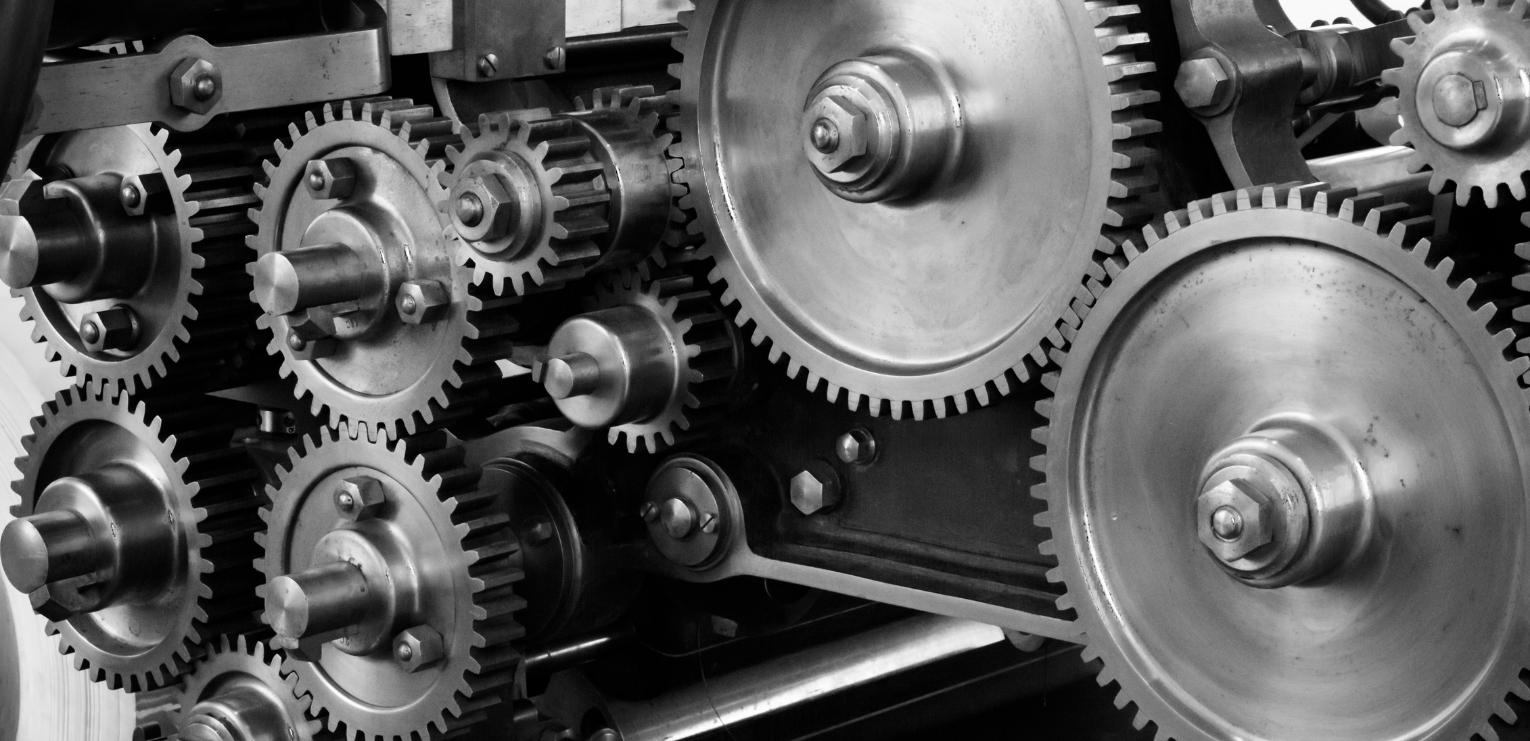
Getting to Know Machinery Breakdown Insurance
As
the name suggests, Machinery Breakdown (MB) Insurance is an insurance product
that covers the risk of loss or physical damage to machines (machinery). This
type of insurance product is a derivative of engineering insurance. We all know
that all machines have potential damage in their operations so this risk needs
to be covered by insurance so as not to financially interfere with the operator
or machine owner.
A
simple illustration is if we have a photocopy machine, printer, or other
production machines. It's called a machine, sometimes various problems appear
suddenly which results in us having to spend deeply to fix it. Evenmore if the damage is frequent. You
can imagine how much of an impromptu budget must be spent for the emergency
fund.
Well,
this MB insurance product covers physical loss or damage to machines that are
already operational either suddenly or unexpectedly (unforeseen). MB Insurance
Policy refers to the Standard Policy issued by Munich Re.
The
risks covered in the MB Insurance Policy usually cover loss or physical damage
caused by casting errors, defects in materials, planning errors, installation
errors, operating errors, lack of expertise, carelessness, lack of water in the
boiler, lack or faulty lubrication. , explosion, short circuit, storm,
malfunction of security devices, and other causes that are not specifically
excluded from the policy.
This
MB insurance policy can be extended with risks such as expediting costs, loss
of profit, and own surrounding property/own existing property. Expediting costs
is to provide a cover for the possibility of other additional costs as a result
of loss/damage to insured machine. Loss of profit is to provide a cover for the
expected loss of profit as a result of damage/loss to insured machine.
Meanwhile, own surrounding property is to cover for the loss/damage to insured's belongings around the insured
machines.
Risks that are excluded or not
covered in MB Insurance policy are:
- Deductibles stated in policy;
- Loss or damage to equipment that is
regularly replaced;
- Loss or damage caused by fire, lightning
strike, chemical explosion (except explosion of fuel gas in a boiler), fire
fighting or demolition of buildings after fire has been extinguished, aircraft
or objects falling from plane crash, theft, burglary, collapsing buildings,
floods, puddles, earthquakes, landslides, hurricanes, cyclones, volcanic
eruptions or similar catastrophic events;
- Loss or damage that is under the responsibility of
supplier, contractor or workshop, whether responsibility is appear by law or
appear under a contract;
- Loss or damage caused by defect that
existed at time the policy
started to take effect
and was known to insured or his representative;
- Loss or damage that occurs due to intentional
act or negligence of insured or his representative;
- Consequences of wars, invasions, acts of
foreign enemies, hostilities, civil wars, rebellions, revolutions, riots,
strikes, barriers to entry to work, civil disturbances, takeovers of power,
evil acts/deeds with political background, conspiracy, destruction of property
at behest of government or at behest of authorities;
- Effects of nuclear reactions, nuclear
radiation or radioactive contamination;
- Loss or damage as a direct result of
wear (such as wear
and tear, cavitation, erosion, corrosion);
- Consequential loss or liability of any
kind.
Not
only machine owners, parties who can buy MB insurance products are those who
have an insurable interest such as tenants and financial institutions (banks,
leasing, etc.). Tenant has an interest because they will usually be party responsible
for any damage or loss that occurs to machine being rented. Meanwhile,
financial institutions have an interest because in a credit contract, usually
the machine will be used as collateral for credit.
Meanwhile,
the premium rate for MB insurance is usually set in per mile per year, while the
premium is calculated on the
basis
of multiplication between the total sum insured stated in policy summary and
premium rate that has been mutually agreed upon between the insurer and the insured.
Claim mechanism is based on
indemnity principle where physical loss or damage covered under MB insurance
policy is given by the insurer
to the insured
in three ways, namely payment in cash, replacing with another machine
(replacement), and repairing a machine that suffered a loss or damage (repair).
Right to choose which method of compensation from 3 (three) methods of compensation above
rests with insurer, not insured.
If
there is more than one machine that is insured under the policy and for each
machine sum insured has been determined separately in policy, then compensation
for each machine during insurance period (usually 1 year) will not exceed the sum insured of machine concerned
and in total not more than total sum insured stated in policy.
Regarding
sum insured value, MB insurance policy requires that sum insured of machine
insured or to be insured on MB policy must be determined at an amount equal to
total cost of replacing machine insured or to be insured with a new machine of
same type and same capacity, including cost of delivery (freight) taxes/import
duties (dues and costum duties) if any, and cost of erection of new machine.
However,
if sum insured turns out to be less than the amount required to be insured, then the insurer will only pay the claim proportionately
according to ratio between sum insured stated in policy and sum insured that should
be or is required.
In
the event of a claim, the insured is obliged to take the following four steps:
firstly,
immediately notify the insurer of incident in writing or by telephone, which is
then confirmed in writing, by giving an indication of the nature and magnitude
of the loss or damage. Notification must be submitted to insurer within time
limit specified in policy.
Secondly, take steps that are within its
capabilities to minimize loss or damage. Thirdly, maintain and prepare parts that
have suffered loss/damage to be inspected by representatives or surveyors
appointed by insurer. And fourthly,
providing information and evidence documents required by insurer.











